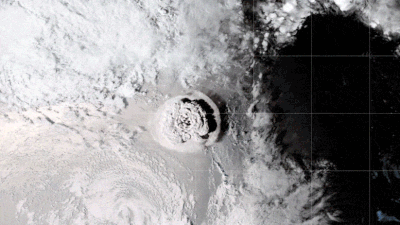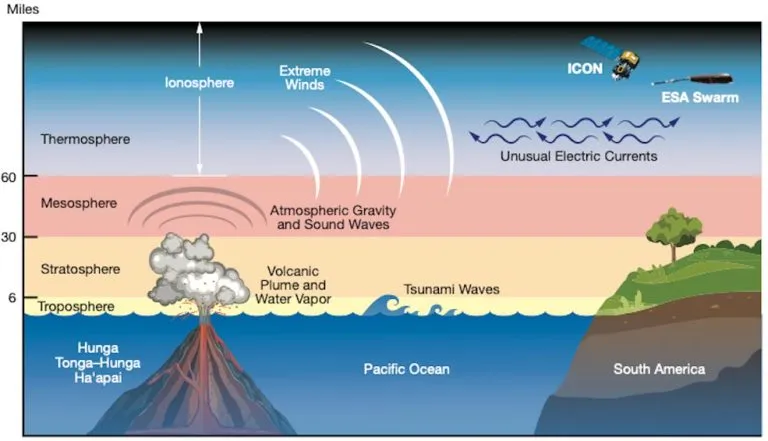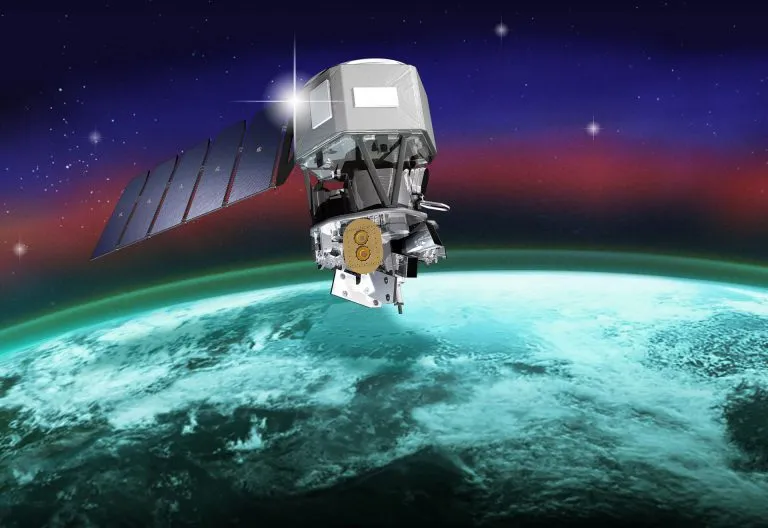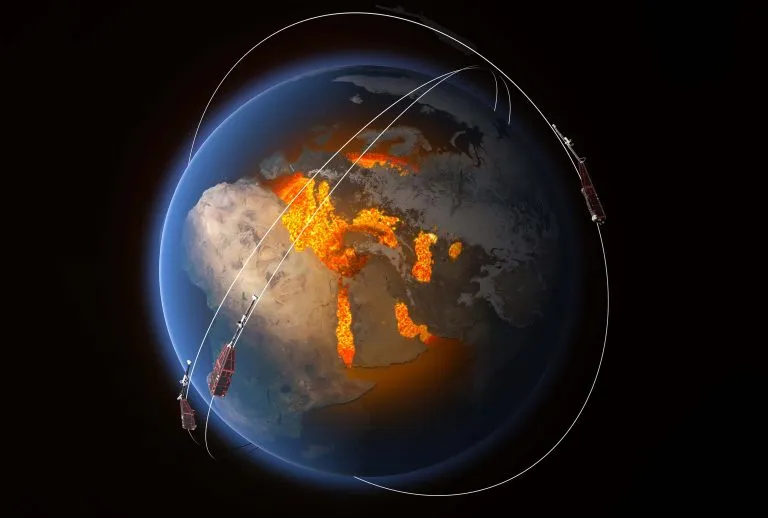
By analyzing data from NASA's ionospheric connectivity probe (or icon) mission and ESA's swarm satellite, scientists found that hurricane speeds and abnormal currents were formed in the ionosphere, an ionized region of the earth's atmosphere, within hours of the volcanic eruption.
"This volcano created one of the biggest space disturbances we've seen in modern times," said physicist Brian Harding of the University of California, Berkeley He is the lead author of a new paper discussing these findings. "It allows us to test the little-known link between the lower atmosphere and space."

Icon was launched in 2019 to determine how Earth's weather interacts with weather from space - a relatively new idea that replaces the previous assumption that only forces from the sun and space can create weather at the edge of the ionosphere. In January 2022, when the spacecraft passed over South America, it observed such an earth interference in the ionosphere caused by volcanoes in the South Pacific.
"These results are an exciting observation of how events on earth affect space weather, in addition to how space weather affects the earth," said Jim Spann, head of space weather in NASA's Department of heliophysics. "A comprehensive understanding of space weather will eventually help us mitigate its impact on society."
When a volcano erupts, it pushes huge gases, water vapor and dust into the sky. The explosion also created a huge pressure disturbance in the atmosphere, resulting in strong winds. As the wind moves up into the thinner atmosphere, they begin to move rapidly. When reaching the ionosphere and the edge of space, icon measured winds of up to 450 miles per hour - making it the strongest wind measured below 120 miles since the mission's launch.

In the ionosphere, extreme winds also affect the current. Particles in the ionosphere often form an easterly current called an equatorial jet driven by winds in the lower atmosphere. After the eruption, the equatorial jet surged to five times its normal peak power, dramatically reversed its direction and flowed westward in a short time.
Joanne Wu, a physicist at the University of California, Berkeley and co-author of the new study, said: "it's amazing to see that the electric jet is greatly reversed by what happens on the earth's surface. This is what we've only seen before in powerful geomagnetic storms, a kind of space weather caused by solar particles and radiation."

Published in [Geophysical Research Newsletter] on May 10( https://agupubs.onlinelibrary.wiley.com/doi/10.1029/2022GL098577 ) 》The new study in the journal is increasing scientists' understanding of how the ionosphere is affected by ground and space events. Strong equatorial jets are associated with the redistribution of material in the ionosphere, which may disrupt GPS and radio signals transmitted through the region.
Understanding how this complex region of our atmosphere reacts to powerful forces from below and above is a key part of NASA's research. NASA's upcoming geospatial dynamics constellation mission (GDC) will use a group of small satellites, much like deep-l sensors on the ground, to track the current and atmospheric wind flowing through the region. By better understanding the factors that affect the current in the ionosphere, scientists can be more prepared to predict the serious problems caused by this interference.